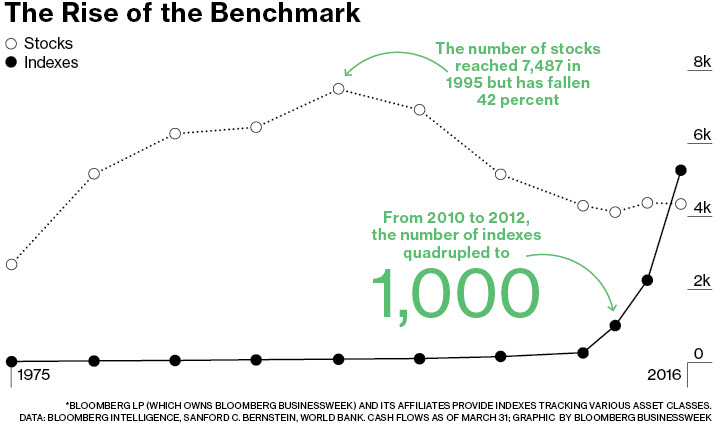Before today’s pullback, shares of Tesla (TSLA) had more than doubled since the beginning of the year as bears capitulate and admit their bet that the company was on shaky ground financially appears to have been wrong. The company has always had cult-like followers who planned to hold the stock forever, but now with shorts scrambling to cover and momentum traders seeing a near-term opportunity, the stock touched $968.99 yesterday after fetching around $400 a month ago. Profit taking today has the shares in the mid 700’s, which equates to a market cap of roughly $140 billion.
While the last few days feel like an unsustainable bubble, one can make a bullish longer term argument based on wild growth assumptions over the next decade. Even at current prices, TSLA trades for about 5 times projected 2020 revenue, which is not out of line with its history (2.5-4.5x trailing revenue in recent years). The biggest question is not whether 5x sales is crazy, but rather if it is warranted for a manufacturing business. After all, TSLA’s 2019 gross profit margin was just 17% and the overall trend in that metric is hardly positive:
Prior to Amazon (AMZN), it would have been easy to dismiss the investment merits of a $140 billion market value company that posted a net loss of $862 million in 2019, but Bezos and Company have changed the dynamic for growth stock investors. Now anybody who can imagine large amounts of profits being generated by a business a decade or two into the future can make a bullish argument and justify nearly any stock valuation today.
The narrative that Amazon has lost money during most of its life is a bit of an overstatement (they posted losses in the first 6 years post-IPO and in the subsequent 17 years have earned profits every year except for 2), but the Tesla investment story is the same; they are changing the world and current profits are meaningless. In the 10 years TSLA has been a public company, they have lost money every year.
If Elon Musk does succeed in becoming the number #1 global car maker eventually, and other businesses develop over time to diversify into something other than a low margin manufacturing company, then the Amazon comparison is likely reasonable. With that in mind, I was curious what kind of numbers Amazon was posting when it was Tesla’s current size, and how Wall Street was valuing the stock at the time. This can tell us whether $140 billion for Tesla today is on par with what is likely the most successful business started in the last 30 years. Interestingly, the financial paths are not dissimilar:
In 2009, Amazon posted revenue of $24.5 billion, gross margins of 22.6%, and grew revenue to $34.2 billion in 2010, with similar gross margins.
In 2019, Tesla reported revenue of $24.5 billion and gross margins of 16.6%. The current consensus estimate for 2020 revenue is $32.2 billion.
There are two core differences, however. First, Amazon had racked up 7 straight profitable years by 2009, earning a $900 million profit that year, whereas Tesla lost $862 million last year on the same revenue base. Second, Amazon’s equity market value entering 2010 was $60 billion, less than half of Tesla’s current market value. Add in the fact that Amazon has moved into high margin businesses since (like AWS and advertising), which has allowed them to nearly double gross margins to 41% by 2019, and it seems that Tesla’s stock is far ahead of an Amazon-like trajectory.
So while Tesla might very well be the next Amazon, the current market price is far more exuberant than Amazon’s was a decade ago. That won’t necessarily stop TSLA stock from rising over the long term, but it does imply that its gains over the next decade are unlikely to approach those of Amazon during the prior one.








